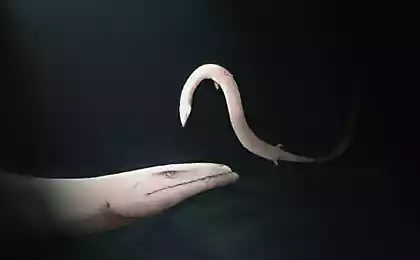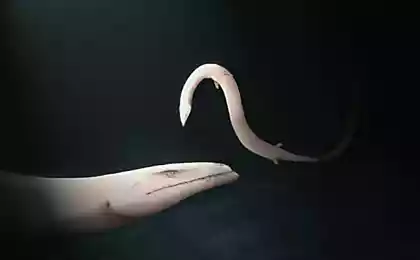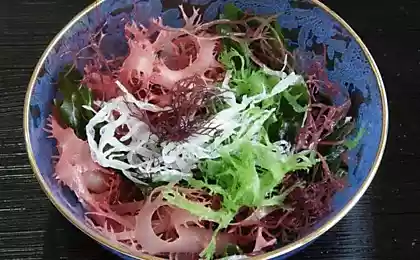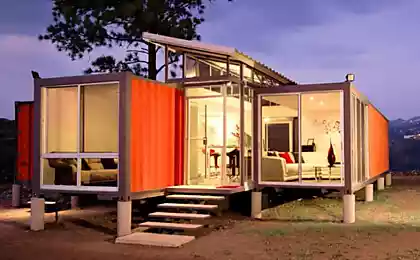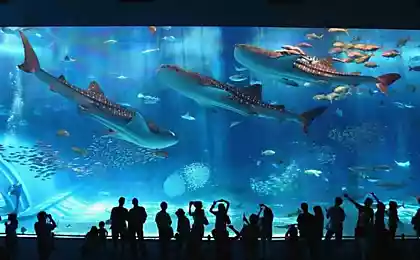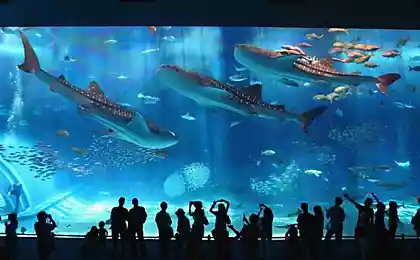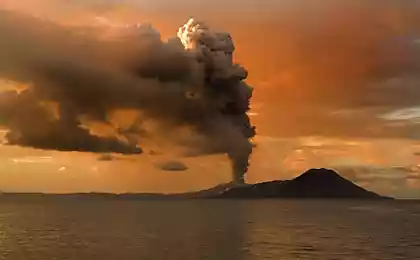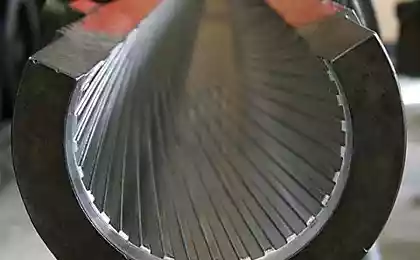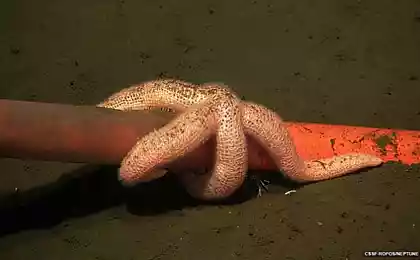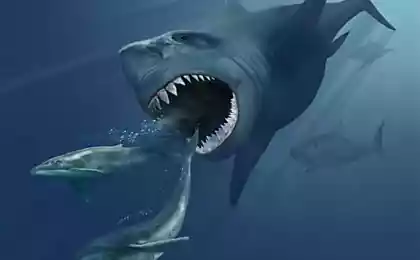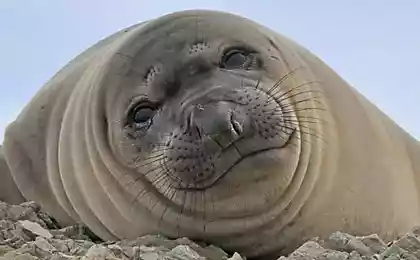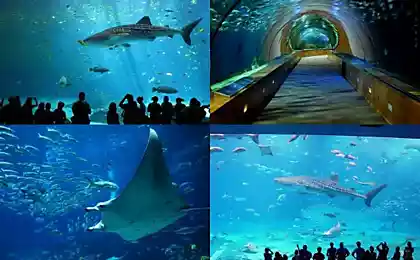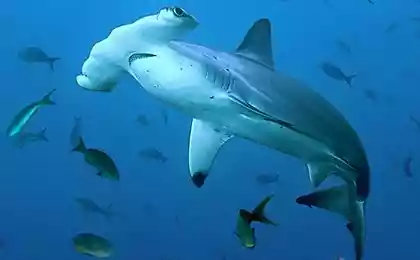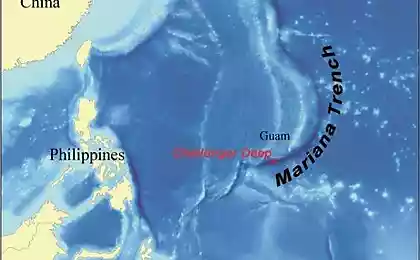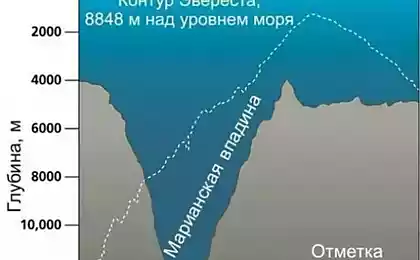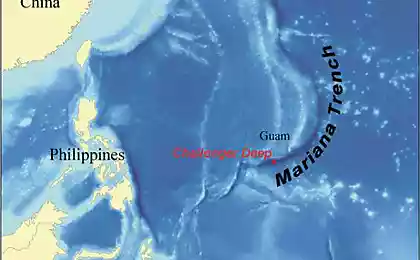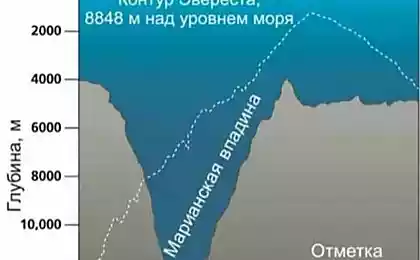881
Mikromonstry from the depths of the sea (11 photos)
Zhivotinku that live in sea water.
1. These tiny monsters are like aliens from another planet, but in fact it's just a creature from the depths of the oceans. (CRASSOUS / SPL / BARCROFT)
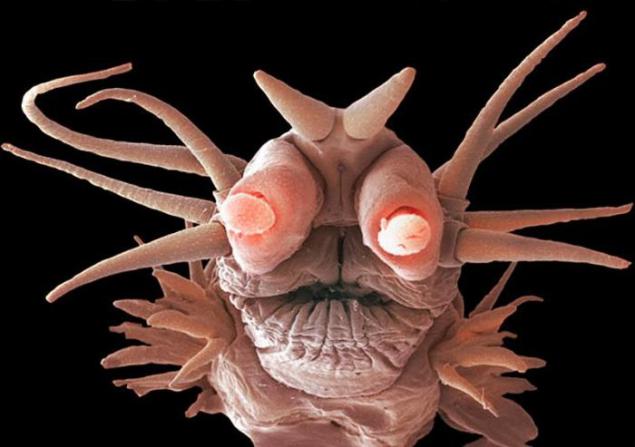
2. Known as Polychaetes (marine worms), these creatures live under the tremendous pressure of the sea, where the sun never penetrates. (CRASSOUS / SPL / BARCROFT)
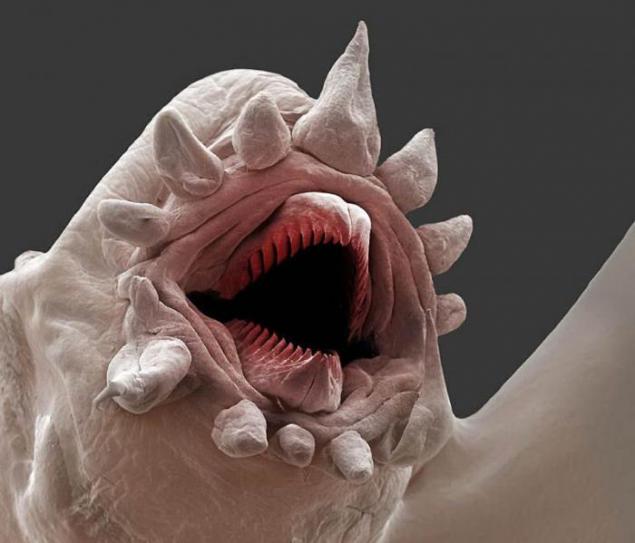
3. In the 1970s, scientists test their knowledge of the deep ocean floor. (CRASSOUS / SPL / BARCROFT)
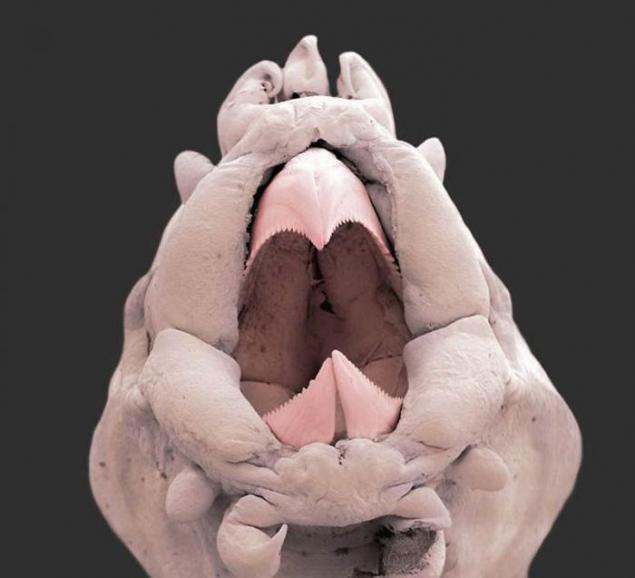
4. Instead of the wasteland, they found a very diverse community of creatures living on and around hydrothermal vents. (CRASSOUS / SPL / BARCROFT)
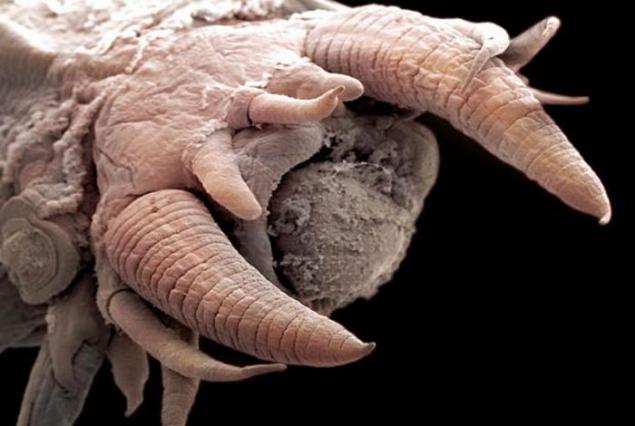
5. Hydrothermal vents - a crack in the seabed, which are usually located near the epicenter of the earthquakes, volcanoes and at the edges of tectonic plates. (CRASSOUS / SPL / BARCROFT)
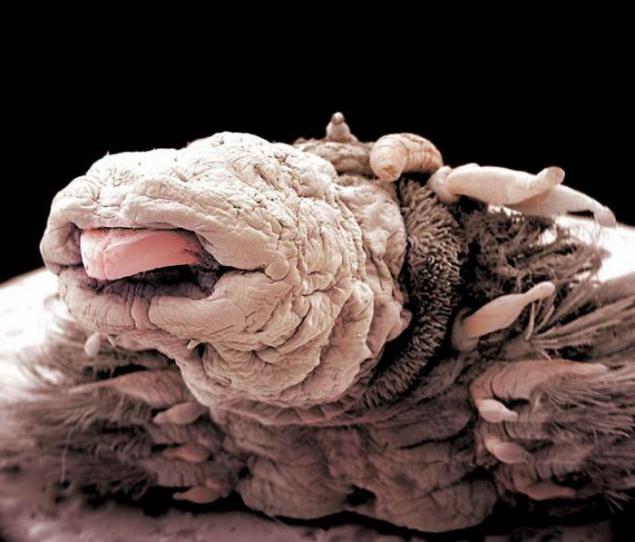
6. They spew superzharkuyu water and a cocktail of chemicals, where both live such creatures as these worms. (CRASSOUS / SPL / BARCROFT)
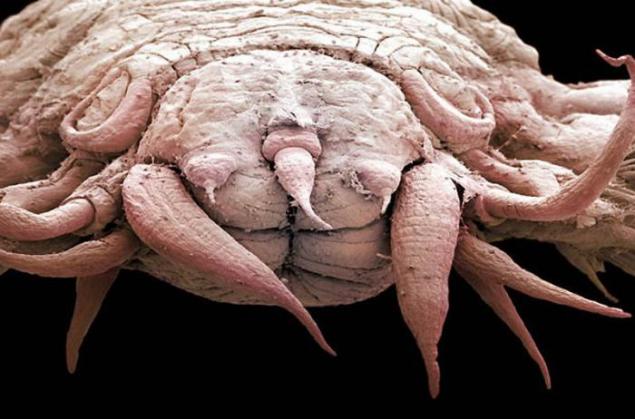
7. Polychaetes crawl along the bottom of the ocean near the cracks, using their terrible teeth for chewing bacteria and protozoa that live in hot water and a chemical soup. (CRASSOUS / SPL / BARCROFT)
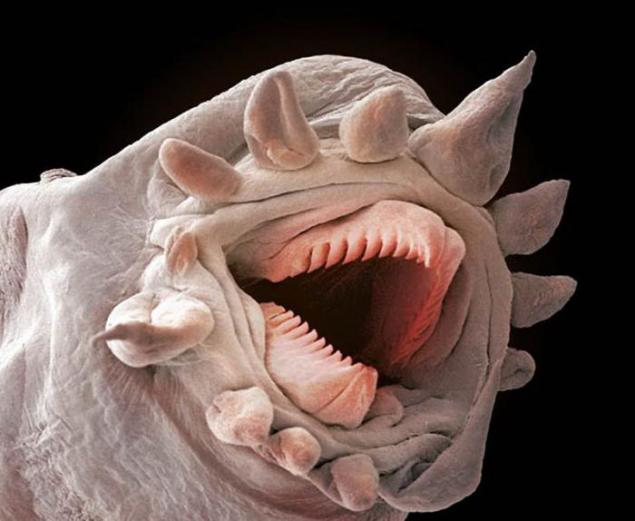
8. Turn the energy received from the source community rather by chemistry rather than photosynthesis, as here never reaches sunlight. (CRASSOUS / SPL / BARCROFT)
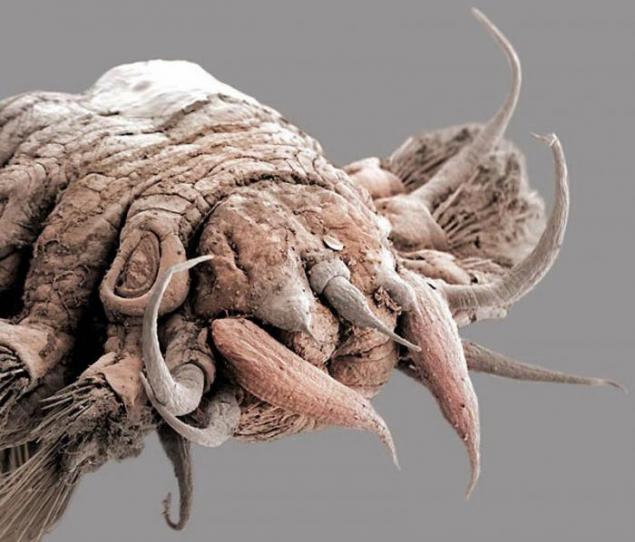
9. This leads to the countries of the Union: on polychaete worms live symbiotic bacteria that give them nutrients. (CRASSOUS / SPL / BARCROFT)
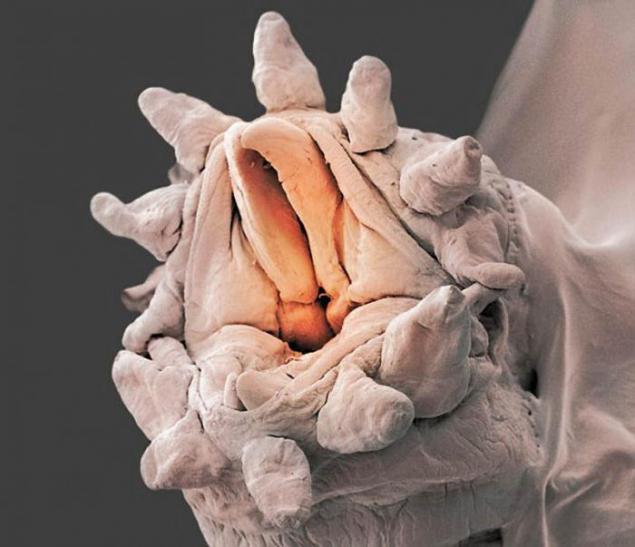
10. Some scholars believe that the worms depend on these bacteria. (CRASSOUS / SPL / BARCROFT)
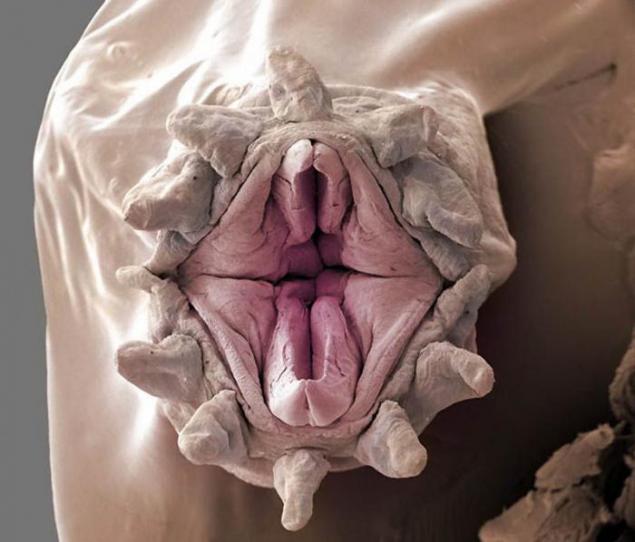
11. They may look like monsters of the deep sea, but the ability of worms to survive in such conditions is amazing to many scientists. "Marine depth - one of the most diverse habitats in the world, - says scientist Daniel Debryuo from France. - However, we have not got there yet. " (CRASSOUS / SPL / BARCROFT)
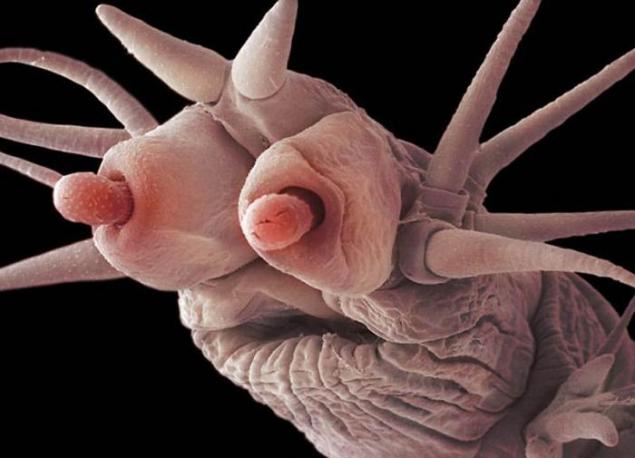
1. These tiny monsters are like aliens from another planet, but in fact it's just a creature from the depths of the oceans. (CRASSOUS / SPL / BARCROFT)

2. Known as Polychaetes (marine worms), these creatures live under the tremendous pressure of the sea, where the sun never penetrates. (CRASSOUS / SPL / BARCROFT)

3. In the 1970s, scientists test their knowledge of the deep ocean floor. (CRASSOUS / SPL / BARCROFT)

4. Instead of the wasteland, they found a very diverse community of creatures living on and around hydrothermal vents. (CRASSOUS / SPL / BARCROFT)

5. Hydrothermal vents - a crack in the seabed, which are usually located near the epicenter of the earthquakes, volcanoes and at the edges of tectonic plates. (CRASSOUS / SPL / BARCROFT)

6. They spew superzharkuyu water and a cocktail of chemicals, where both live such creatures as these worms. (CRASSOUS / SPL / BARCROFT)

7. Polychaetes crawl along the bottom of the ocean near the cracks, using their terrible teeth for chewing bacteria and protozoa that live in hot water and a chemical soup. (CRASSOUS / SPL / BARCROFT)

8. Turn the energy received from the source community rather by chemistry rather than photosynthesis, as here never reaches sunlight. (CRASSOUS / SPL / BARCROFT)

9. This leads to the countries of the Union: on polychaete worms live symbiotic bacteria that give them nutrients. (CRASSOUS / SPL / BARCROFT)

10. Some scholars believe that the worms depend on these bacteria. (CRASSOUS / SPL / BARCROFT)

11. They may look like monsters of the deep sea, but the ability of worms to survive in such conditions is amazing to many scientists. "Marine depth - one of the most diverse habitats in the world, - says scientist Daniel Debryuo from France. - However, we have not got there yet. " (CRASSOUS / SPL / BARCROFT)

